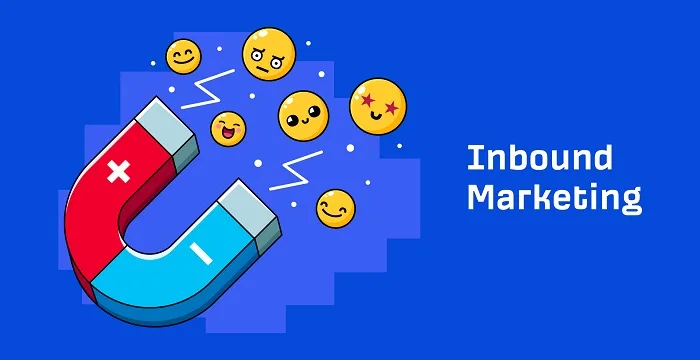
Inbound Marketing: A Comprehensive Guide
In the realm of digital marketing, inbound marketing stands out as a strategic approach, developed during the early 2000s. This methodology focuses on attracting customers through content and interactions that are helpful and relevant rather than intrusive. By creating content specifically designed to address the needs and challenges of their ideal customers, businesses can attract qualified prospects and build trust and credibility for their brand.
The essence of inbound marketing is to pull potential customers towards the company with high-quality content, rather than pushing products or services onto them. This approach aligns with how people access information and make purchasing decisions today, leveraging channels like blogs, search engines, and social media.
How Inbound Marketing Functions
At its core, inbound marketing works by creating content that aligns with the interests and needs of target audiences. This methodology encompasses various stages: attract, engage, and delight. By using tools like SEO, content marketing, and social media marketing, businesses can create a magnetic pull towards their brand.
During the attraction phase, the goal is to generate traffic by creating valuable content and optimizing it for search engines. Next, engagement involves presenting insights and solutions that align with the inquiries of the prospects, facilitating a connection. Finally, delighting customers means providing an outstanding experience that turns customers into promoters of the brand.
This strategy is implemented through a cycle of attracting visitors, converting them into leads, closing sales to turn those leads into customers, and then delighting those customers to the point that they become advocates for the business.
Applications of Inbound Marketing
Inbound marketing can be effectively applied to nearly any industry or market segment. From technology to healthcare, and from startups to established corporations, all can leverage this strategy to draw interested prospects. This type of marketing is particularly powerful for businesses that deal in knowledge-intensive goods or services.
For instance, educational institutions can use inbound marketing to attract students by sharing informative content about courses and campus life. Similarly, software companies can use it to educate potential users about the benefits and functionalities of their products.
Furthermore, inbound marketing can be instrumental for non-profits seeking to increase awareness and donations. By sharing stories and outcomes, they can connect emotionally with potential donors and volunteers, fostering a community around their cause.

Effective Inbound Marketing Tips
To maximize the effectiveness of inbound marketing, businesses should focus on creating rich, engaging content that addresses the specific needs of their audience. It is crucial to be consistent in content creation and to optimize all digital content for SEO to ensure visibility.
Additionally, personalizing the user experience on websites and in email marketing can significantly enhance engagement rates. Leveraging social media to interact directly with consumers, responding to comments, and participating in discussions can also build a more personal connection.
Using analytics tools to track the performance of content and strategies is essential for understanding what works and what needs improvement. This data-driven approach helps refine strategies over time, ensuring they produce the best possible outcomes.
Evaluating the Effectiveness of Inbound Marketing
The effectiveness of inbound marketing is evident in its ROI. Companies that focus on inbound techniques often see lower costs per lead, thanks to the organic nature of leads generated. Moreover, inbound marketing tends to produce higher-quality leads that are more likely to convert into sales.
Studies have shown that inbound marketing strategies are significantly more effective in generating leads than traditional outbound methods. This is largely because potential customers feel more connected to brands that provide them with value through content, rather than through direct sales tactics.
In summary, the power of inbound marketing lies in its ability to draw customers naturally through the value of the content provided. It fosters relationships built on trust, which are crucial for long-term customer loyalty and advocacy.

